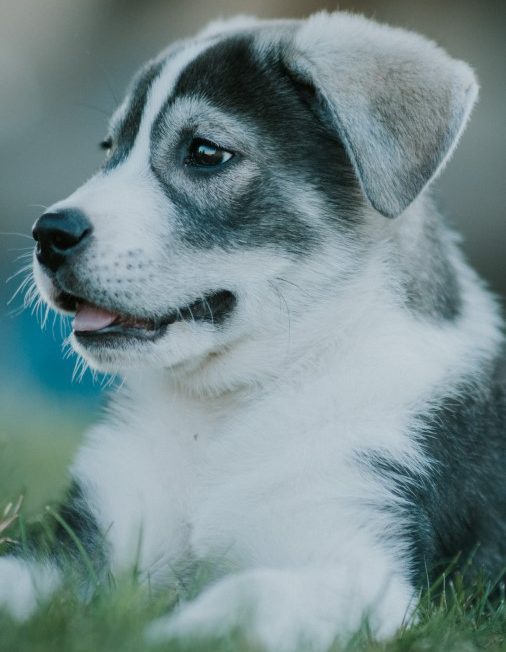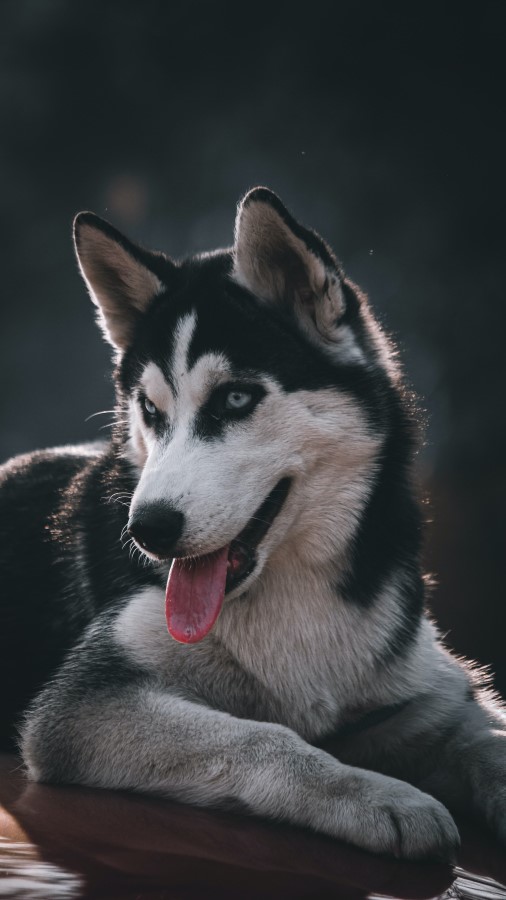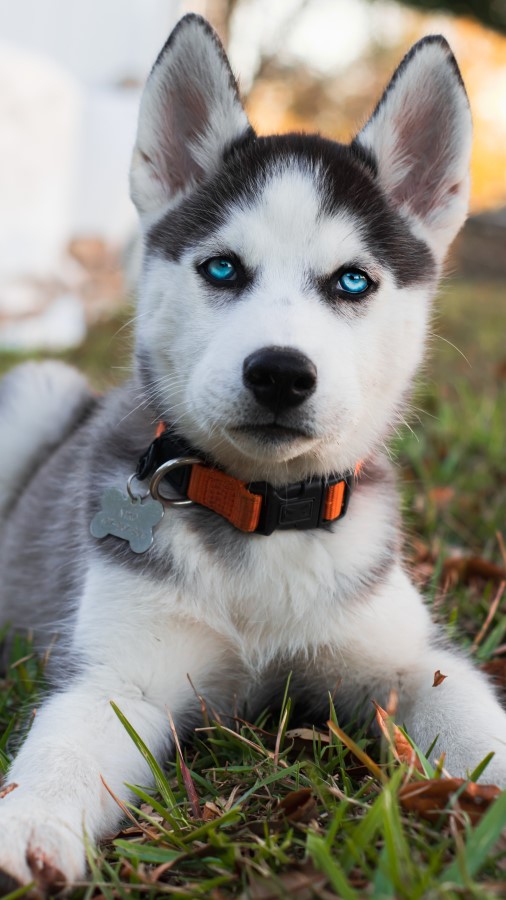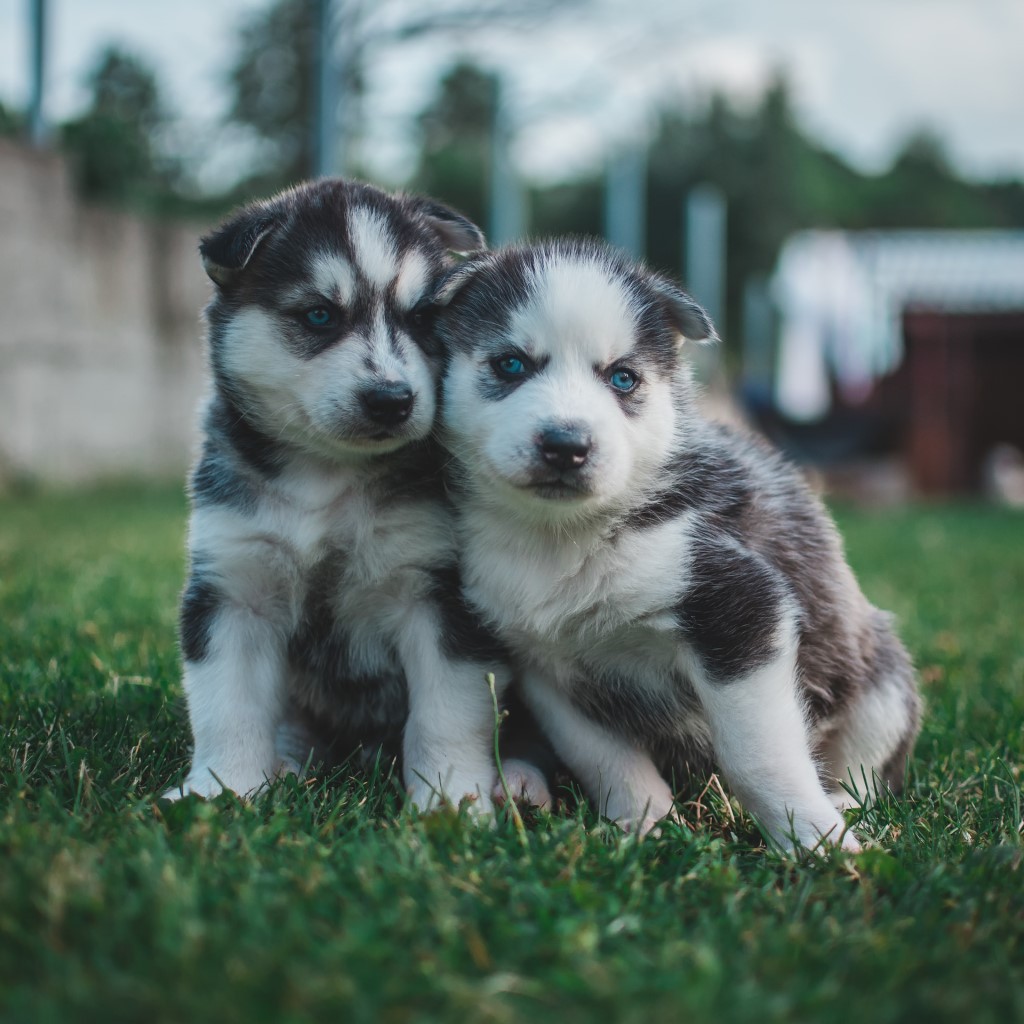Siberian Husky Dog Breed Guide
Topics Covered:

 Greencross Vets
Greencross Vets
Topics Covered:
The Siberian Husky has a long and fascinating history as a working dog, with their lineage dating back 4,000 years or more.
Husky’s ancestors were bred in Eastern Siberia by the Chukchi people of the Chukchi Peninsula.
They were kept as companion dogs for their families, as well as working sled dogs. They assisted the Chukchi people with hunting as well as pulling loads over long distances through the extreme weather conditions of the Siberian Arctic.
Siberian Huskies were brought to Alaska in 1909 for sled-dog races, and as consistent winners the breed managed to catch the eye of the public.
During the 20th century the Siberian Husky was taken to the United States where it was officially recognised by the American Kennel Club in 1930.
Today, Siberian Huskies have continued to work as sled dogs but are more commonly appreciated as companion dogs.

The Siberian Husky is an athletic dog with high endurance and an eagerness to work. They are known to be high-energy, mischievous, and sometimes intense; they can also be affectionate and great family dogs when provided the proper attention and care.
They are playful, athletic, and independent – but without adequate exercise, mental activity, and companionship, they can be massively destructive. When not properly attended to, they are big howlers, escape artists (commonly digging under, chewing through, or jumping over fences), and can display other destructive behaviours.
Since they were bred as working sled dogs, often sleeping with their family, they require plenty of attention and enjoy family life. This means they are good with children but like any dog, should always be supervised with young ones around.
Siberian Huskies tend to be good natured with everyone as they do not display the possessive qualities of guard dogs and are not overly suspicious of strangers or aggressive with other dogs.
Though naturally gentle, Huskies can be challenging to train. Their independent streak will lend them to ignoring commands they view to have no purpose. They can often view themselves as the leader when not consistently and properly trained.
Though each individual dog will be different, Huskies are not usually food driven and are instead better incentivised through runs, walks, play time or toys.

Siberian Huskies are classed as mid-sized dogs, with the average adult male Husky standing between 53 and 60 centimetres tall, while females are slightly shorter and stand between 51 and 56 centimetres. Males weigh between 20 and 27kg and females 16 to 23kg.
Siberian Huskies will reach their full height at about 12 months old but will continue filling out their weight and muscle until they are 3 years old as a male or 2 years old as a female.
Siberian Huskies are generally healthy, but like all breeds they can be predisposed to certain health conditions. Not all Huskies will experience these conditions, but it is important to be aware of possible ailments if you are considering owning this breed.
The diseases to be on the lookout for can include (but are not limited to):
Huskies are built to live in temperatures that drop as low as 75 degrees below zero, and as a result their coats are very warm to allow them to survive in such extreme temperatures. They can also pack bulk on very quickly, so heat comes from both their coat and body fat.
This means Huskies are characteristically suited to living in the cold, though they can be adopted in any climate so long as proper care is taken to avoid them overheating. If living in a warm climate it is important to ensure your dog has constant access to lots of fresh water and that there are shady spots available for them to cool down. On particularly hot days, it may be best to keep your Husky indoors with the aircon on and to change your walk times to the early morning and evening.
Huskies are not recommended for apartment living since they require large amounts of exercise; however, small spaces can be made to work so long as owners are willing to put in adequate time and effort for frequent and rigorous exercise and mental stimulation. A Husky that is not regularly exercised will cause issues regardless of the size of your backyard or home.
Huskies require both physical and mental stimulation to stay happy and healthy. This can include scent games, puzzle toys, agility training, and teaching them new tricks.
As a rule, Huskies do not cope well with being left alone for long periods of time. They rely on having human company most of the time and being left alone for too long can lead to many undesirable behavioural problems alongside stress and anxiety. Historically, Huskies would often sleep inside their tribe’s tent with their families and even share food together – due to this Huskies form extremely close bonds with their families and find it difficult being left alone.

Siberian Huskies are known to require a relatively small amount of food for their size, since they were bred for endurance to pull sleds over great distances with little sustenance.
How much your individual dog eats will depend on its size, age, build, metabolism, and activity level. Each dog is unique and will have different requirements, which is why it is recommended to make an appointment with your vet to discuss an appropriate complete and balanced diet for your pet.
Feeding your Husky high-quality dog food is essential for healthy skin and coat. If your Husky is a working dog, they will require adjustments in the amount of protein in their food based on their level of activity.
While they are a puppy it is advisable to feed them life-stage appropriate medium breed puppy food as puppies will require a diet richer in protein as they get older. You can use the Petbarn Food Finder to help find the best nutrition choice for your pet. Explore the options available and discuss with your local vet team about what’s best for your pup.

Siberian Huskies have a double coat that features medium length hair – their topcoat will be straight, and their undercoat will feel soft and dense.
Huskies come in a variety of colours and markings, usually with white paws and legs, facial markings, and tail tip. The most common coats are black and white, with less common copper and white, grey and white, and pure white colourings.
In addition to a variety of coat colours, they can also have a variety of eye colours. Their eyes can be brown, blue, or a combination of the two – known as bi-eyed bi- parti-eyed dogs.
Huskies are also known to shed a lot, especially during Spring and Autumn. Huskies that live in cooler climates will tend to shed less than those that live in warmer climates.
To minimise knotting and excess hair around the home you can manage your dogs shedding by brushing their coat at least once a week during the year and once a day during shedding seasons.
Siberian Huskies are generally clean dogs and will take care in cleaning themselves – this means that they do not typically emit a “dog odour” and will not need frequent baths. They do however require daily tooth brushing, nail trimming and wiping of the ears.
As touched on when discussing their temperament, Huskies make good pets for households with children. They are generally very tolerant with children, but like all pets should still be supervised around younger kids at all times. Siberian Huskies can also get along with other dogs and breeds provided they are properly socialised from a young age. They do however possess quite a strong prey drive which can be triggered by small animals such as rabbits and cats. Huskies can sometimes become jealous of new people or other dogs that enter “their” territory or family unit. This can be avoided by not overindulging your dog when it is a puppy and ensuring you share your attention if a new member is added to the family.
Huskies should be fed a good quality, complete and balanced dog food. This is important to keep their thick coat healthy, and to ensure they don’t put on excess weight or get dental disease.
Huskies can not eat the same foods that should be avoided by all dog breeds, which includes but is not limited to:
Since they are such an active breed, Huskies like playing games that involve exercise. Examples of this include tug-of-war, hide and seek, chasing bubbles, and fetch.
Arctic Siberian Huskies have a diet of mostly fish and small Arctic animals such as salmon, caribou, seals, and Arctic hares. They are also known to eat kelp, seaweed, and algae when they are unable to find other food.
Between the ages of 10- and 14-months Husky puppies will shed their fuzzy puppy fur which will be replaced by their full adult coat.
Husky puppies will usually start to lose their teeth between 3 and 5 months of age. By 6-7 months their adult teeth will be present.
Huskies generally live between 12 and 15 years.
Since Huskies are generally clean dogs and do not produce an excess of oil they can be bathed only once a month or earlier if they become dirty or their coat is not shiny.
Huskies require a minimum of 2 hours of exercise per day – though this is only limited by your own energy and time since they have exceptional endurance and will be more than happy to walk all day.
Huskies do not tend to bark a lot; however, they can often howl and “talk” by making interesting growling noises. This can mean they are quite a vocal breed who will try to communicate with you as an invitation to play.
At Greencross Vets, nothing is more important than the health and wellbeing of your four-legged friend. If you have any more questions, please reach out to your local Greencross Vets. You can find your local Greencross Vets here. We are more than happy to help!
Or if you’re looking to adopt, find your new best friend with Petbarn adoptions.